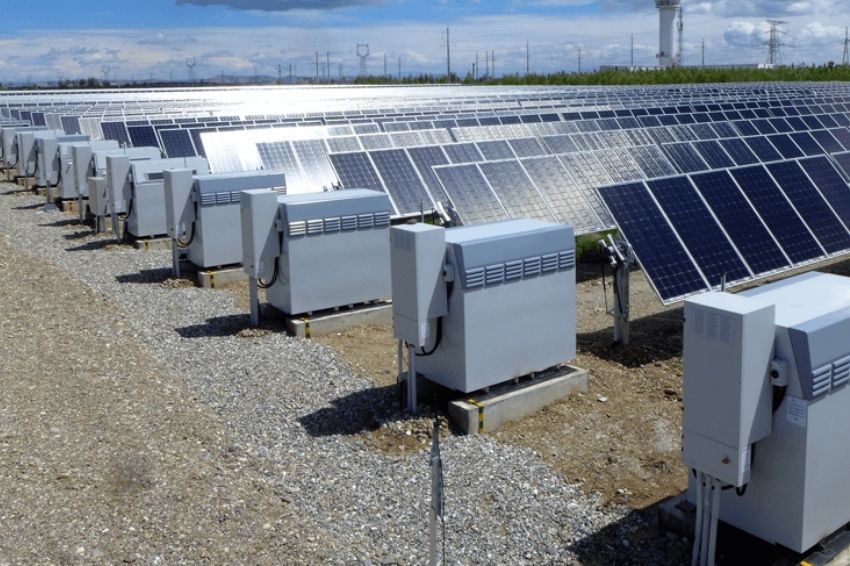Energy storage promotes freedom and guarantees autonomy to the prosumer (consumer who produces), enabling consumption management during peak and demand times, as well as protection against network failures and unfavorable changes in energy compensation rules.
These are some of the advantages of storage, which follow growing in Brazil. But what are the factors that are promoting this expansion and what can be done so that this application continues on this energy journey?
Markus Vlasits, director of NewCharge Projetos and coordinator of the Storage GT (Working Group) of ABSOLAR (Brazilian Photovoltaic Solar Energy Association), developed a study, in partnership with Greener, a research and consultancy company, and indicated the perspectives for the future of the country.
According to the expert, the main reasons contributing to the growth are the drop in battery prices, with a forecast reduction of 89% in 2020 and 95% in 2030, in addition to the drop in profitability of applications in the financial market.
“To make the Brazilian storage market happen, macroeconomic stability is necessary. Since the beginning of 2020, the Real has lost 40% of its value against the US Dollar. This devaluation makes many sectors unviable, including the storage of electrical energy”, commented the executive.
“Taxation is essential too. The tax code does not distinguish between small batteries and storage systems. All are taxed at a cumulative rate of 80% (II, IPI, PIS/COFINS, ICMS) on imports”, he pointed out.
Another point highlighted by Vlasits is regulation. He said behind-the-meter projects happen in regulatory limbo. Most of the services in front of the meter are unviable due to the lack of regulation.
“The adoption of technical standards is also important. This is because the INMETRO Ordinance 004 (National Institute of Metrology, Quality and Technology) covers lead-acid and nickel-cadmium batteries and the ABNT (Brazilian Association of Technical Standards) established a technical standard only for low voltage lithium batteries (48 Vdc)”, he reported.
Market forecast until 2030
According to the director of NewCharge Projetos, the Brazilian energy storage market could reach an installed capacity of 18 GWh and a cumulative turnover of more than R$ 40 billion (not considering front-of-the-meter applications) by 2030.
Largest storage project in Brazil
The company Vale do Rio Doce will install, at its terminal in Mangaratiba (RJ), an energy storage system using lithium ion batteries.
The total capacity of the project will be 10 MWh and will serve to reduce the company's energy costs during peak hours. The project is currently the largest in the country.
applications
Markus Vlasits has compiled a summary of storage applications and their growth prospects. Check out:
Off-Grid
- Rural electrification: in the North region, for example, there are still more than 1 million people without access to electricity. Small off-grid systems (solar + storage) are a viable and faster alternative to grid expansion in remote locations;
- Independent energy producers: hybrid systems (renewable source + storage) are gaining financial viability to complement and reduce Diesel generation.
Behind the meter
- Medium voltage consumers: there is already a growing number of systems aimed at reducing consumption during peak hours, demand management and backup – both for captive and free consumers;
- Low voltage consumers: we believe that there is a relevant market for hybrid photovoltaic systems, which promote energy security, in addition to savings on the bill.
In front of the meter
- Large-scale projects connected to the grid: could bring a variety of relevant benefits, such as: facilitating the dispatch of variable sources (solar and wind plants); generate additional revenue in the free market (hourly PLD); improve the quality of the electrical network (ancillary services); and optimize investments in transmission and distribution networks. To become a reality, these projects will require an adaptation of the regulatory framework.
Growth of the global storage market
According to the study carried out by Vlasits, in partnership with Greener, South Korea led the ranking in 2019, with 600 MW of installed power. In second place is Germany, with 500 MW, followed by China, also with 500 MW, the United States, with 400 MW, and other countries, with 1.1 GW.
Taking a more in-depth analysis, between 2013 and 2019, South Korea reached 2.4 GW. This in hybrid plants (solar + storage) encouraged through various public programs and behind-the-meter systems for large users.
In the last seven years, the United States achieved 1.7 GW in small and medium-sized residential and commercial systems focused on energy security and savings, in addition to large systems providing services to the electrical grid.
China registered 1.5 GW of power, which served to facilitate the dispatch of large photovoltaic plants and other renewable sources.
In relation to Germany, for example, 1.4 GW was recorded, which served as behind-the-meter systems, promoting the optimization of distributed generation. In total, 60% of new photovoltaic installations below 30 kWp incorporate batteries.
In the case of other countries, installed power was 3.7 GW between 2013 and 2019. In Australia, the highlight was behind-the-meter systems and virtual plants, in Japan also behind-the-meter systems (end of premium tariff for solar energy in 2019) and in India the auctions of hybrid systems.















